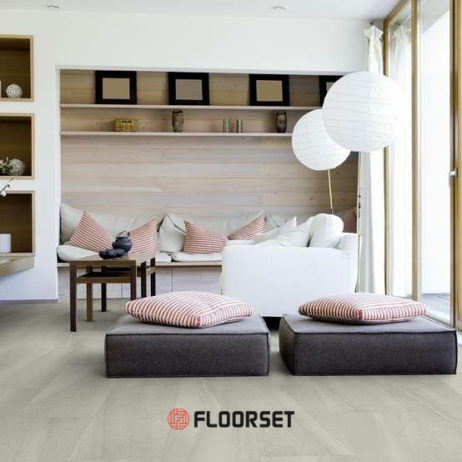
Let’s say you are about to get rid of your current floor in your residential house or a commercial office and replace it with a fresh good-looking floor that revolutionises the interior design of your place.
Before the new floor has been laid, the old one ought to be removed and prepared and this whole procedure is called floor preparation.
Floor preparation includes yet is not limited to making sure your floor is going to be flat, smooth and ready to step on. So, The installer has to initially check if the planks (in case of installing Vinyl planks) are suitable enough for installation in terms of texture, pattern and gloss level. All pieces need to be looked at one by one and piece by piece in order to be able to proceed with the next step which is inspecting the floor before planning to install the vinyl planks.
Please be aware that most of manufacturers don’t take responsibility for the job site conditions after the planks have been installed. One of the most important items on your job site checklist, for example, is going to be the room temperature which needs to be consistent before and after installation. That’s why you need to keep the air-conditioning system off one day before and one day after the installation.
If you are to install your new floor over a concrete floor, you will need to have your subfloor fully flat, dry and clean. To do so, you need to use an organic concrete cleaner or/and degreaser, first. If the existing floor has paint or adhesives on it you also need to remove them.Then, since the floor needs to be ready for the important process of staining, you need to start scrubbing the surface using a soft brush. Smoothing compounds will also definitely help you out in this case in order to reach a a great deal of unevenness and smooth finish.
Regardless of the subfloor material, you have to find out if there are any deep down spots in your space. To do so, you can use a professional leveler or pipes (in case you don’t want to spend too much money). By moving this around the space, you will be able to identify ups and downs.
Your floor must be flat to within a 3/16” in 10′ radius tolerance. Acceptable Substrates include: Concrete Slab, Sheet Vinyl, Ceramic Tile, CDX Grade Plywood, OSB (3/4” Min), Underlayment grade Particleboard, and existing Hardwood or Laminate floors. Floors should be laid when the moisture levels are below 75%rh, according to British Standards and for a fast finish of your flooring project or when you are dealing with a water damage on your surface, you can apply Damp Proof Membrane which is normally going to be in consistent with most of manufacturers’ guarantees.